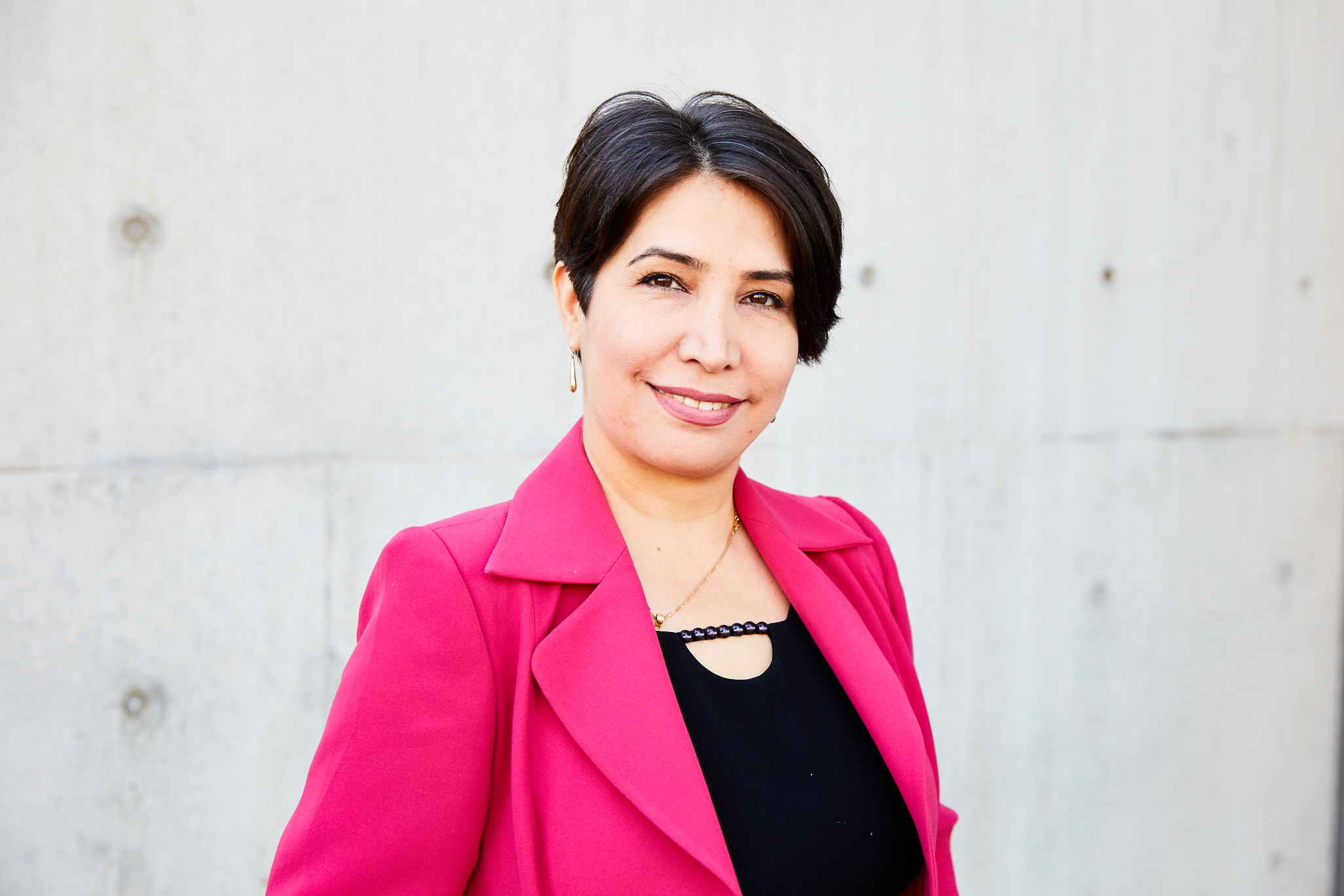
A QUT researcher is developing a soil-monitoring sensor that mimics the way plants detect nutrients through their roots, to help farmers reduce their reliance on over-fertilisation – and reduce the chance of excess fertiliser ending up in our food.
Dr Mariam Darestani's device has the potential to transform the way fertilisers are used in Australia, reducing both negative environmental impacts and the costs of running a farm.
An Advance Queensland Research Fellow at QUT, she was recently awarded $37,000 by the AMP Foundation to build and test a prototype in the field.
"My aim is to build sensors that can give an estimate of nutrients in the soil without the need to take soil samples to a laboratory," she said.
"These sensors can help tackle the over-fertilising issue that threatens soil and water quality and has long term effects on the environment and human health."

Current methods of soil monitoring require samples to be taken and examined in a laboratory, making the process costly and labour-intensive – particularly in large-scale agriculture – as nutrient concentration varies at different parts and depths of the soil.
Dr Darestani said, as a result, synthetic fertilisers were often over-applied to ensure high yield in the shortest timeframe.
"Unused fertiliser accumulates in the soil and turns into chemicals that later end up in our food," she said.
"Fertilisers also end up in water and change the ecosystem and can have a negative impact on the environment.
"My device gives farmers a cost effective way of measuring nutrients in the soil, allowing them to make more informed decisions how much fertiliser is needed to enhance plant growth."
Dr Darestani is a member of QUT's School of Chemistry, Physics, Mechanical Engineering in the Faculty of Science and Engineering. She is currently also a visiting academic at the University of Western Sydney.






